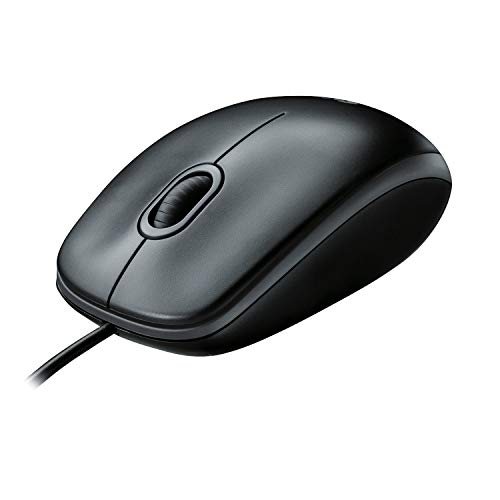Choosing the Right Components
The first step to building a custom gaming computer is to choose the right components. This includes selecting a suitable processor, motherboard, graphics card, RAM, storage, power supply, and cooling system.
When it comes to the processor, you’ll want to choose one that offers high performance and is compatible with your chosen motherboard. Popular options include Intel Core i7 and AMD Ryzen processors.
The graphics card is another crucial component for gaming. It’s important to choose a graphics card that can handle the latest games and has enough VRAM for smooth gameplay. Popular options include NVIDIA GeForce and AMD Radeon graphics cards.
Decide on how much RAM you’ll need for your gaming PC. Most games recommend at least 8GB, but if you plan on playing more demanding games or multitasking while gaming, you may want to go for 16GB or even 32GB of RAM.
When it comes to storage, consider whether you want a faster solid-state drive (SSD) for your operating system and games, or a larger capacity hard disk drive (HDD) for storing media files and other data.
Lastly, choose a suitable power supply unit (PSU) to ensure your custom gaming computer has enough power to run all the components. It’s recommended to choose a PSU with a higher wattage than what your components actually require to allow for future upgrades or overclocking.
Assembling the Components
Once you have all the components, it’s time to assemble your custom gaming computer. Begin by preparing your workspace and gathering the necessary tools, such as a screwdriver and cable ties.
First, mount the motherboard inside the computer case. Make sure to align the screw holes properly and secure it with the provided screws. Then, install the processor and its cooler according to the manufacturer’s instructions.
Next, install the RAM modules into the appropriate slots on the motherboard. Push them firmly until they click into place. Then, install the graphics card into the appropriate PCIe slot and secure it with the provided screws.
Connect the storage devices, such as the SSD and HDD, to the motherboard using SATA cables. Make sure to check your motherboard’s manual for specific instructions on connecting storage devices.
After that, connect the power supply to the motherboard and other components using the appropriate cables. Make sure to route the cables neatly and use cable ties to secure them and improve airflow.
Installing the Operating System and Drivers
Once your custom gaming computer is assembled, it’s time to install the operating system and necessary drivers. Start by connecting a keyboard, mouse, and monitor to your computer.
Insert the operating system installation media, such as a USB drive or DVD, and follow the on-screen instructions to install the operating system. Make sure to choose the correct installation options and partition your storage devices accordingly.
After the operating system is installed, install the necessary drivers for your components. Visit the manufacturer’s websites to download the latest drivers for your motherboard, graphics card, and other peripherals.
Make sure to keep your drivers up to date to ensure optimal performance and compatibility with the latest games and software.
Optimizing Your Gaming Experience
Now that your custom gaming computer is up and running, there are a few additional steps you can take to optimize your gaming experience.
First, make sure to regularly clean and maintain your computer to prevent dust buildup and keep temperatures under control. This can involve using compressed air to clean the inside of your computer and ensuring proper airflow with fans and CPU coolers.
Consider overclocking your components if you’re comfortable with it and want to squeeze out extra performance. However, make sure to do thorough research and take the necessary precautions to avoid damaging your components.
Install a reliable antivirus software to protect your gaming PC from malware and other security threats. Regularly scan your computer for viruses and make sure your operating system and other software are kept up to date with the latest security patches.
Lastly, consider customizing your gaming setup with accessories such as a gaming mouse, keyboard, and monitor with high refresh rates and low response times. This can further enhance your gaming experience and give you a competitive edge.





